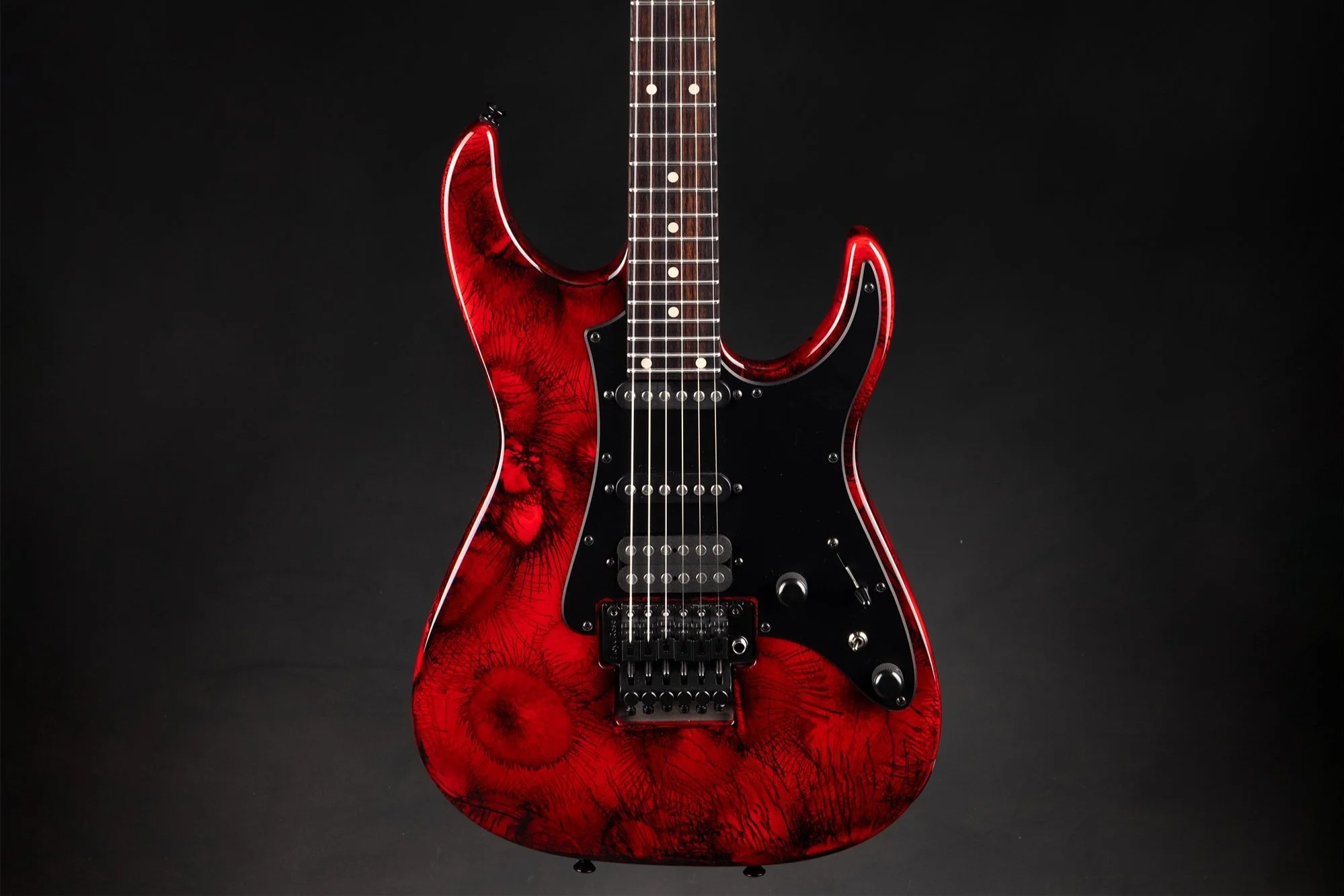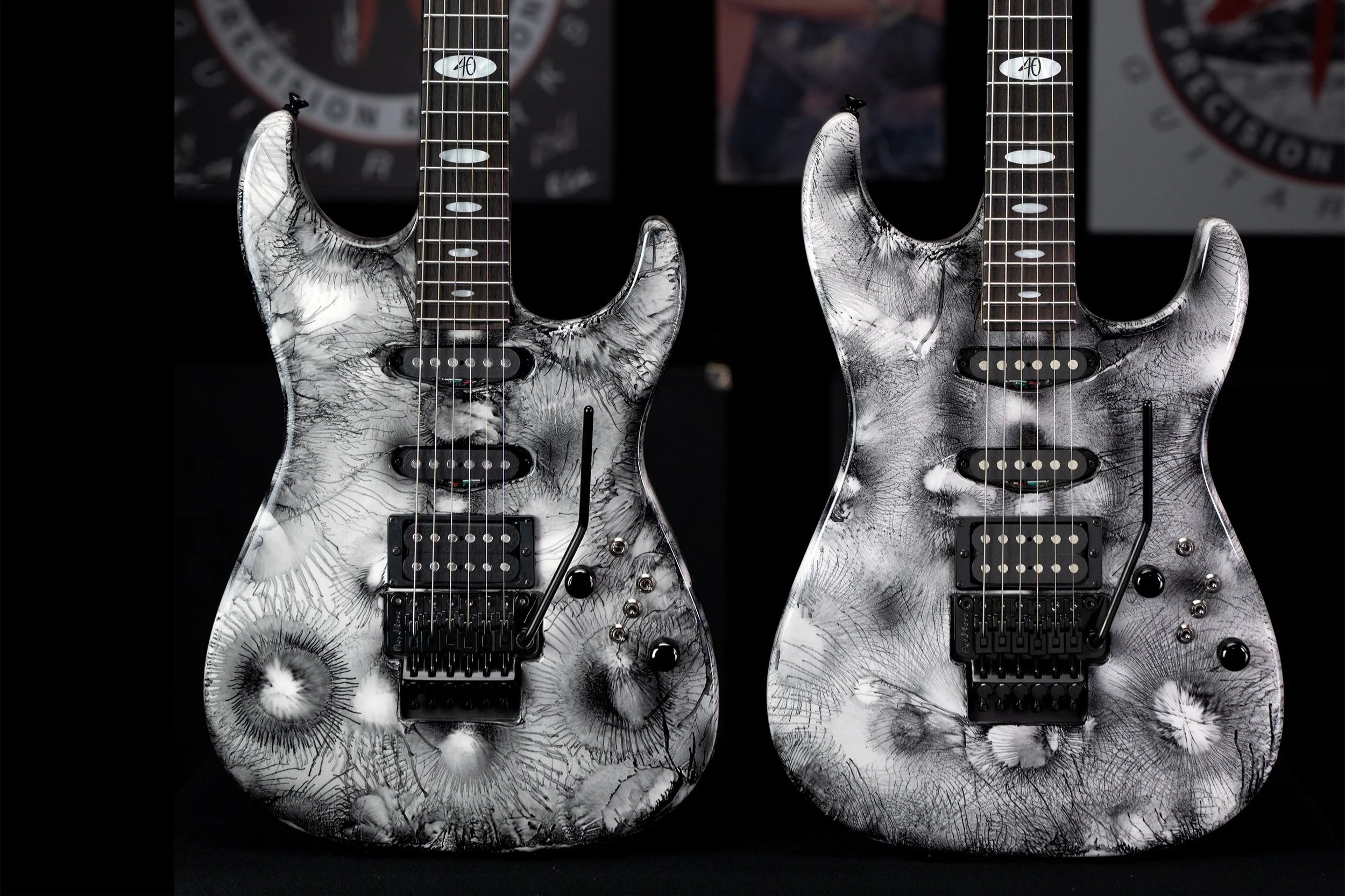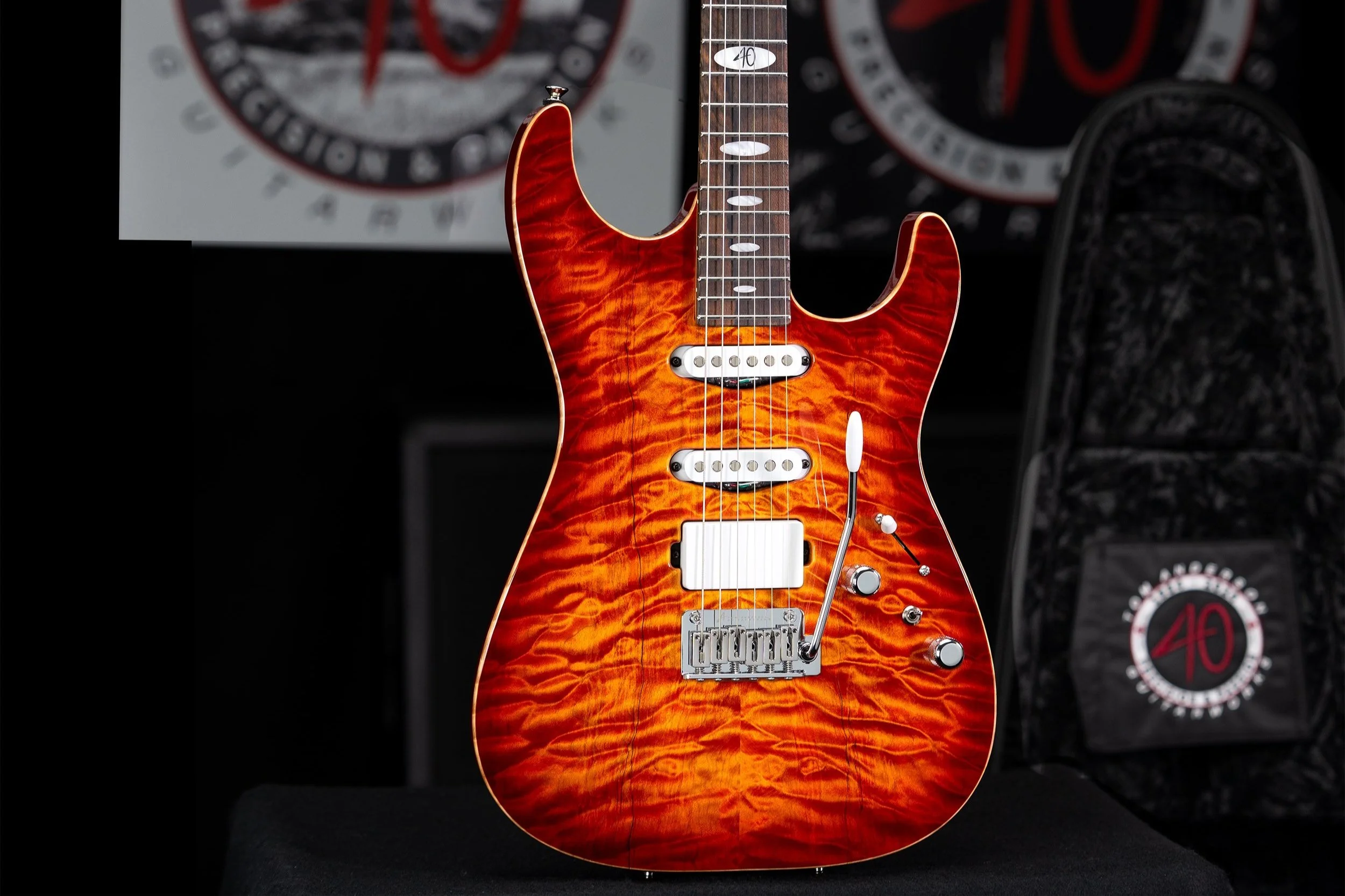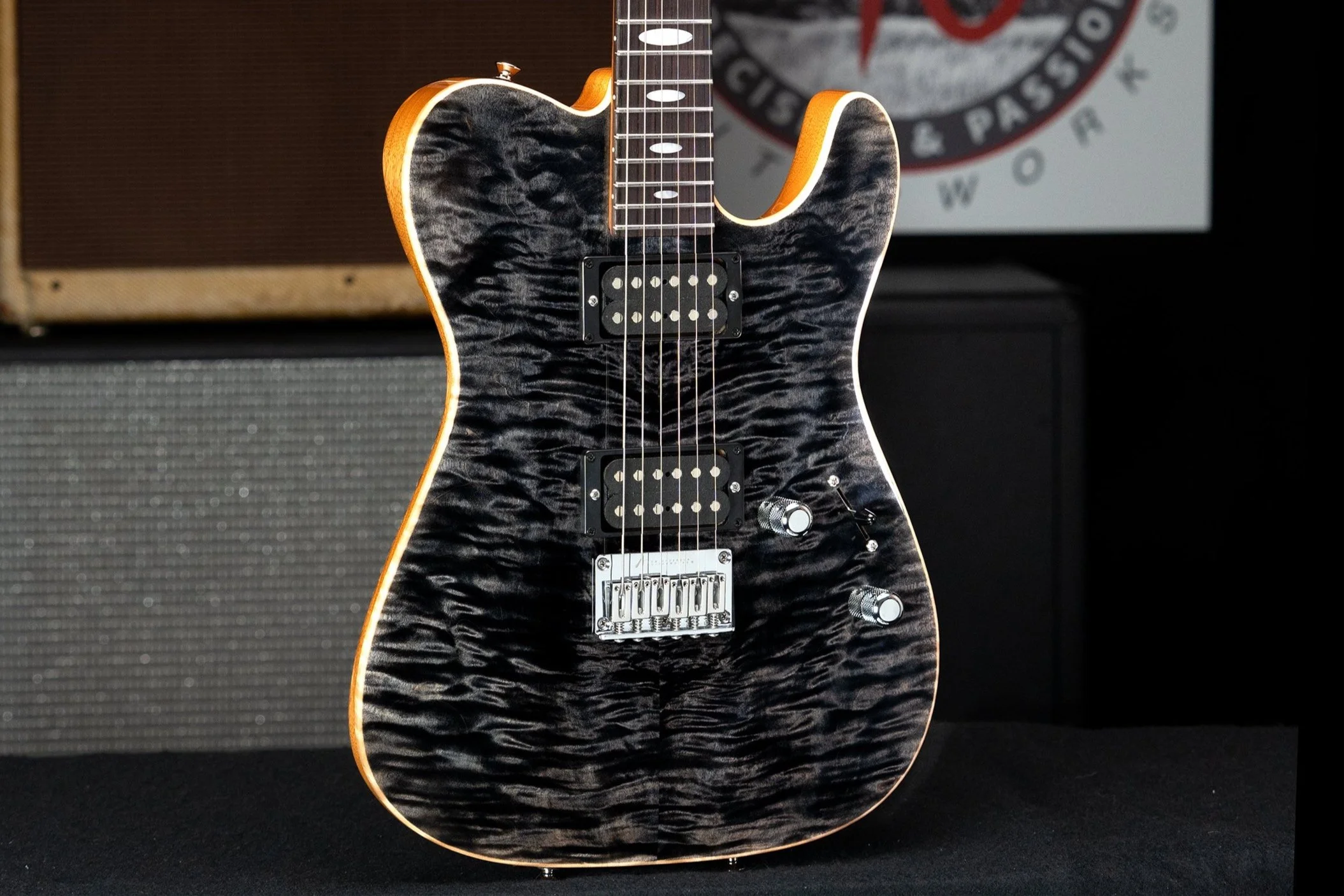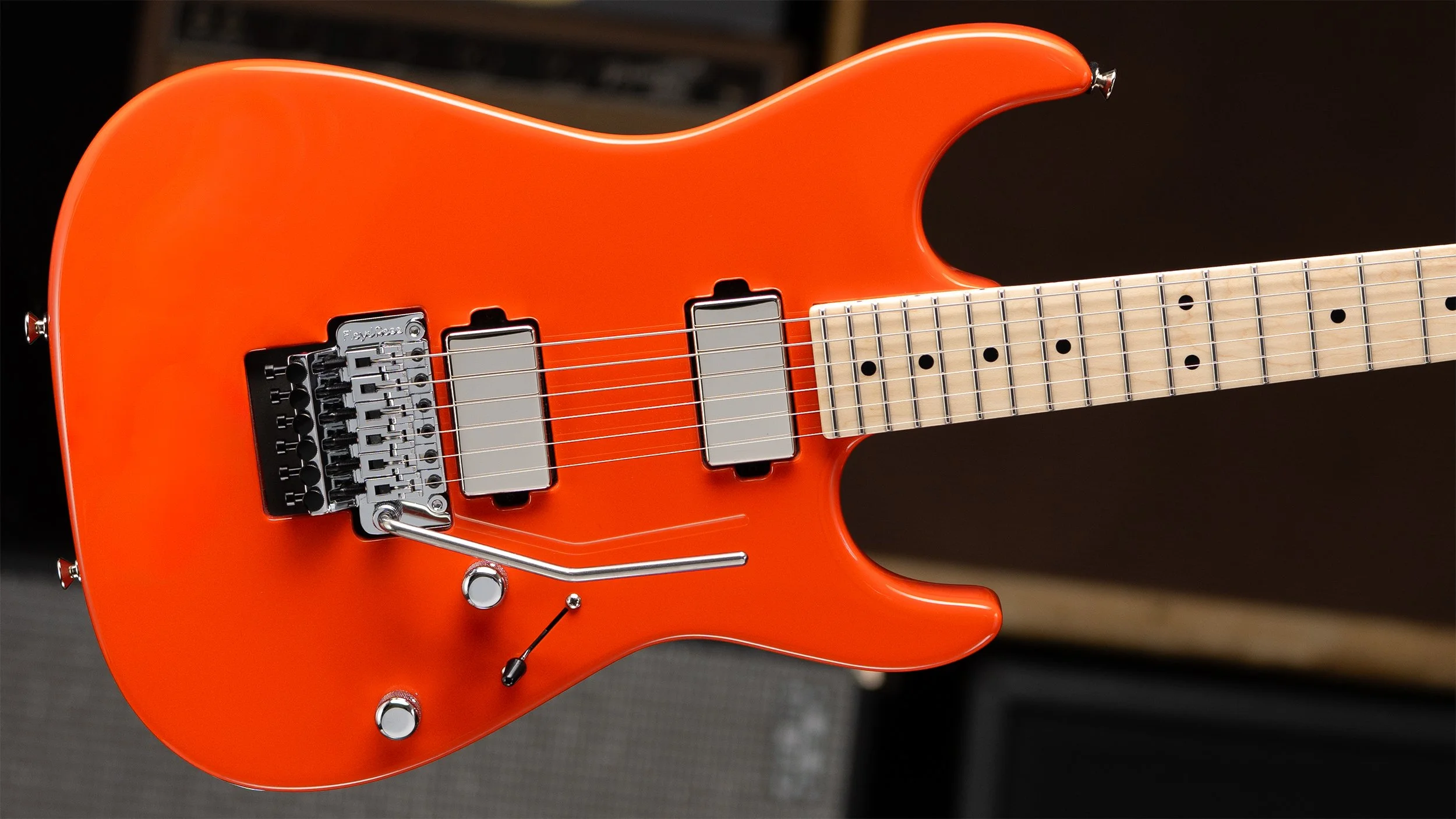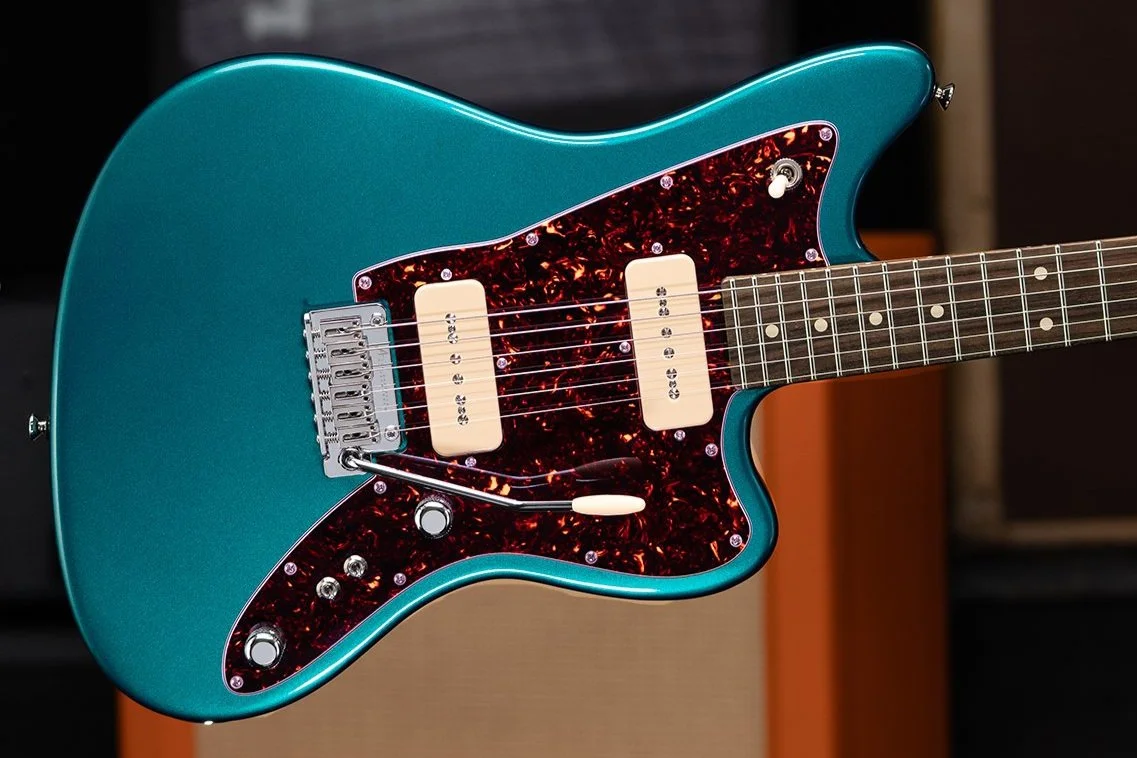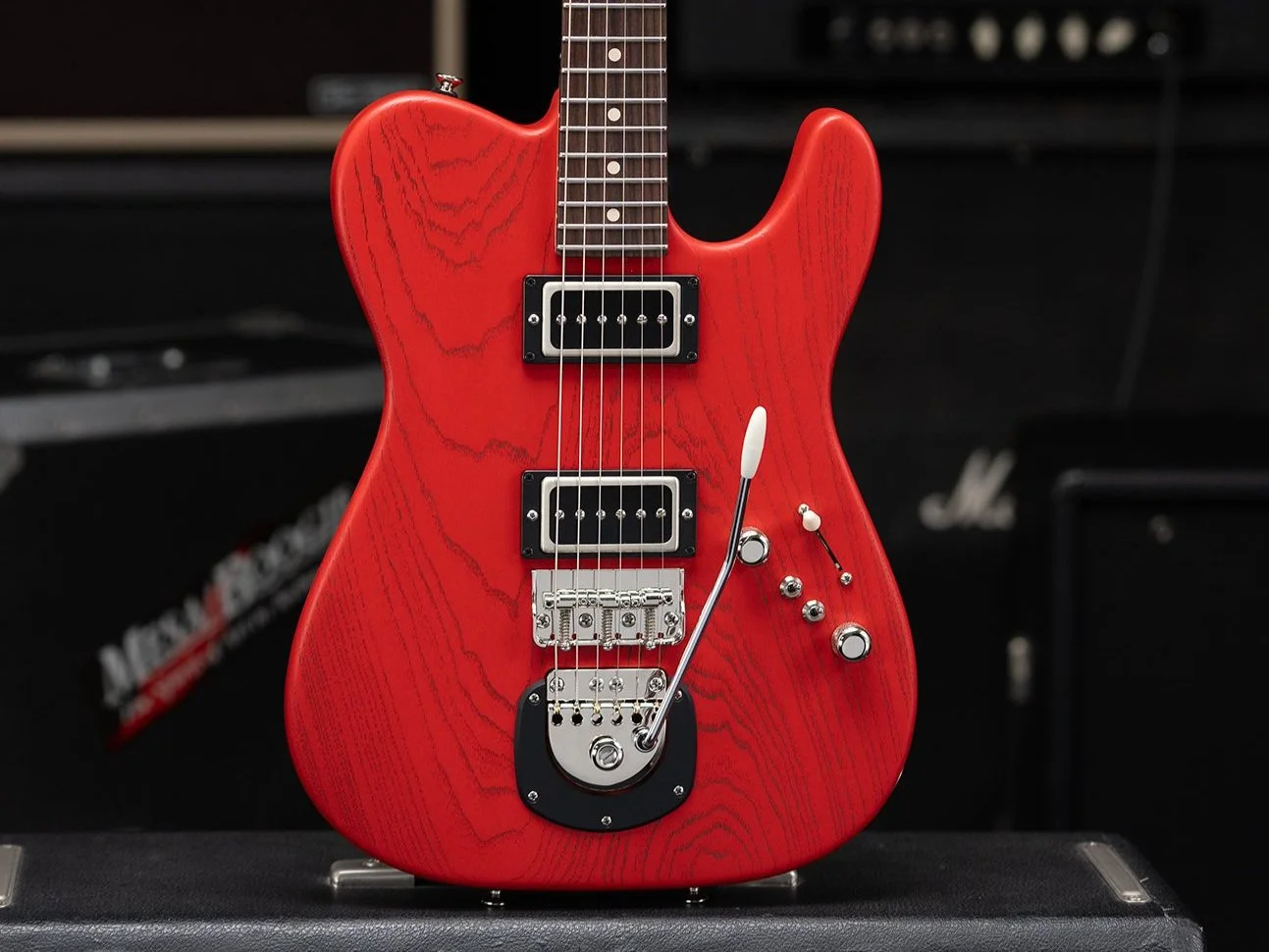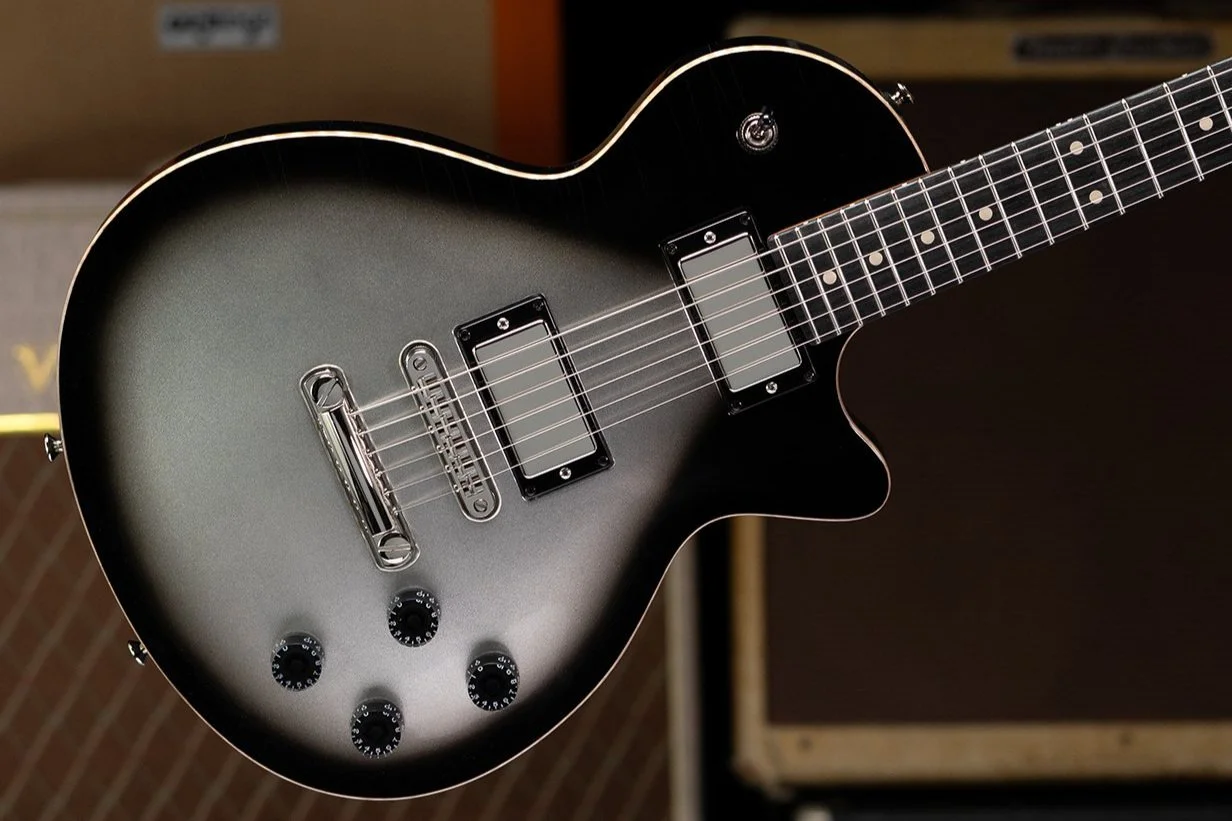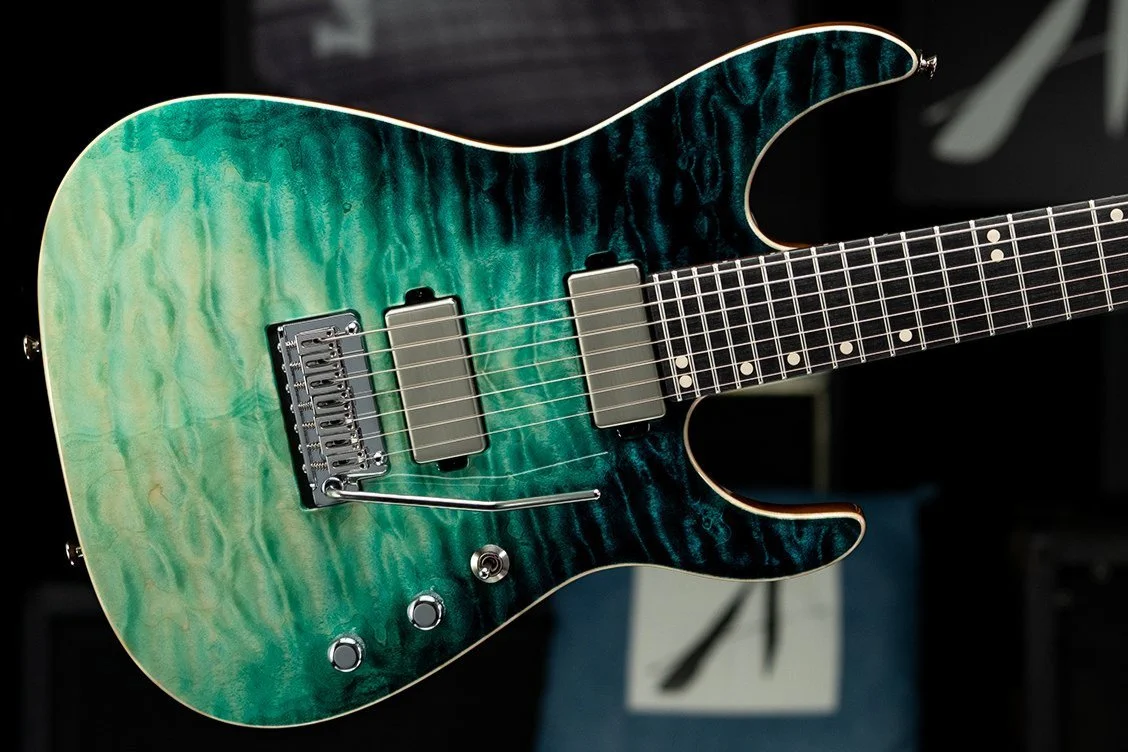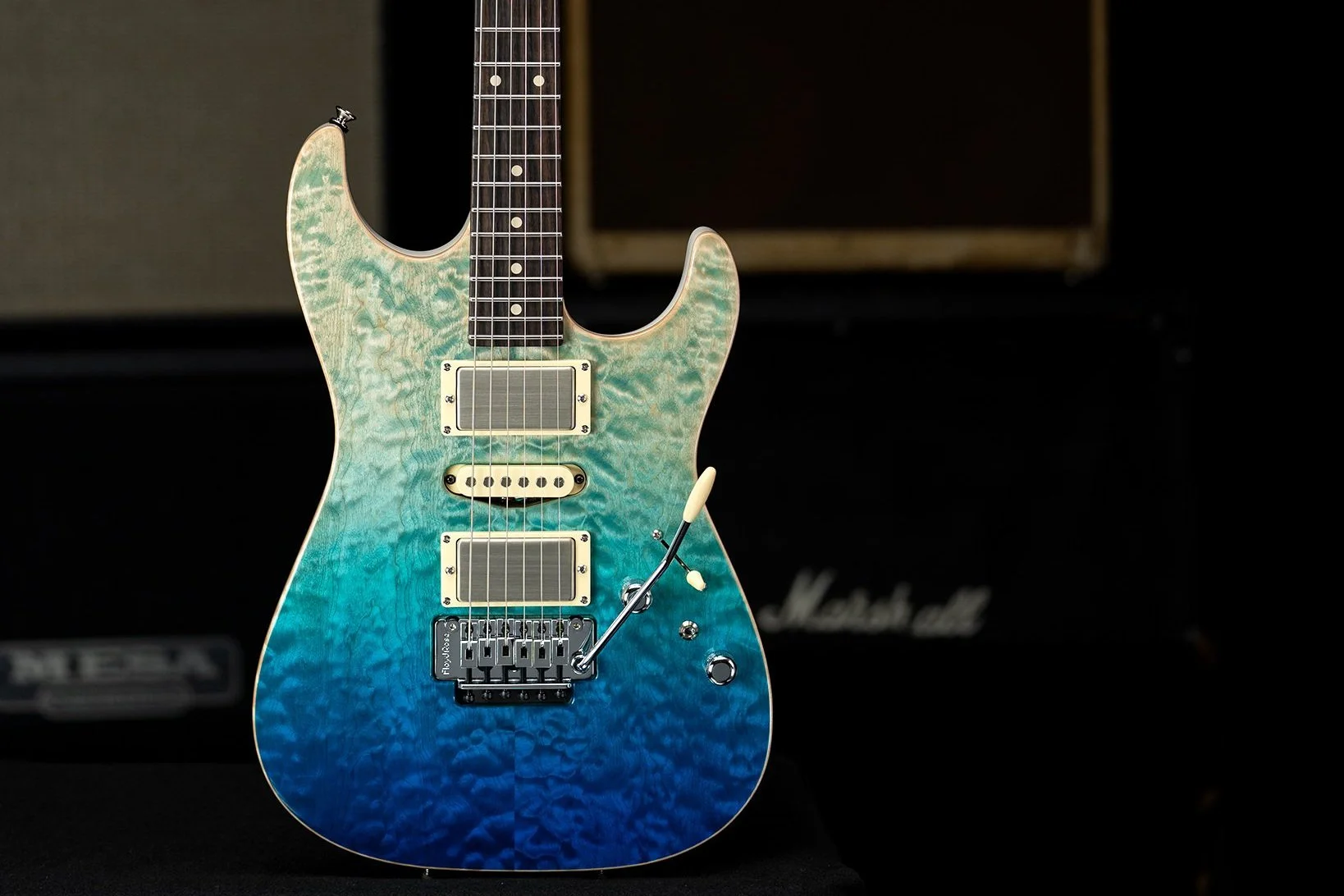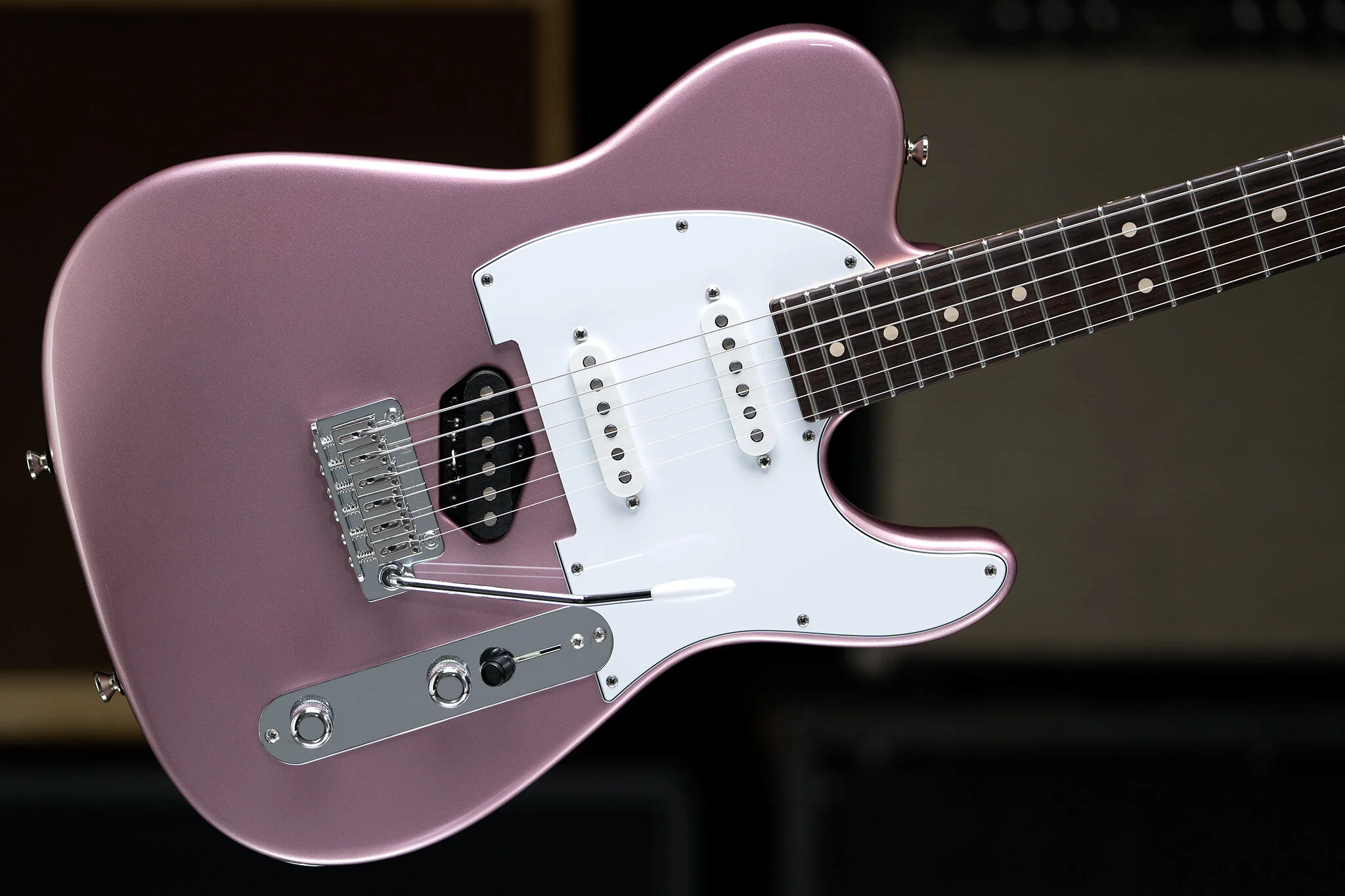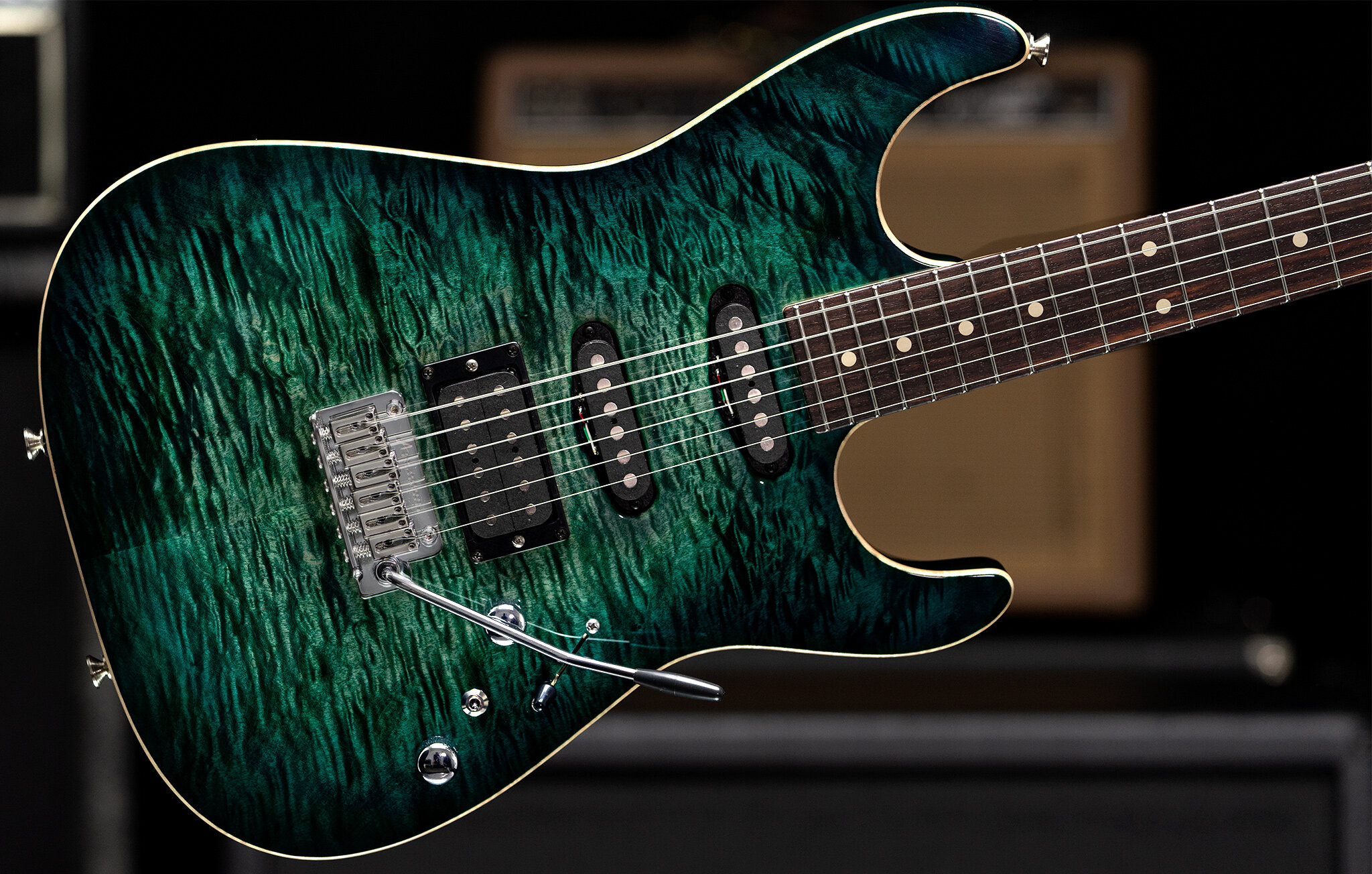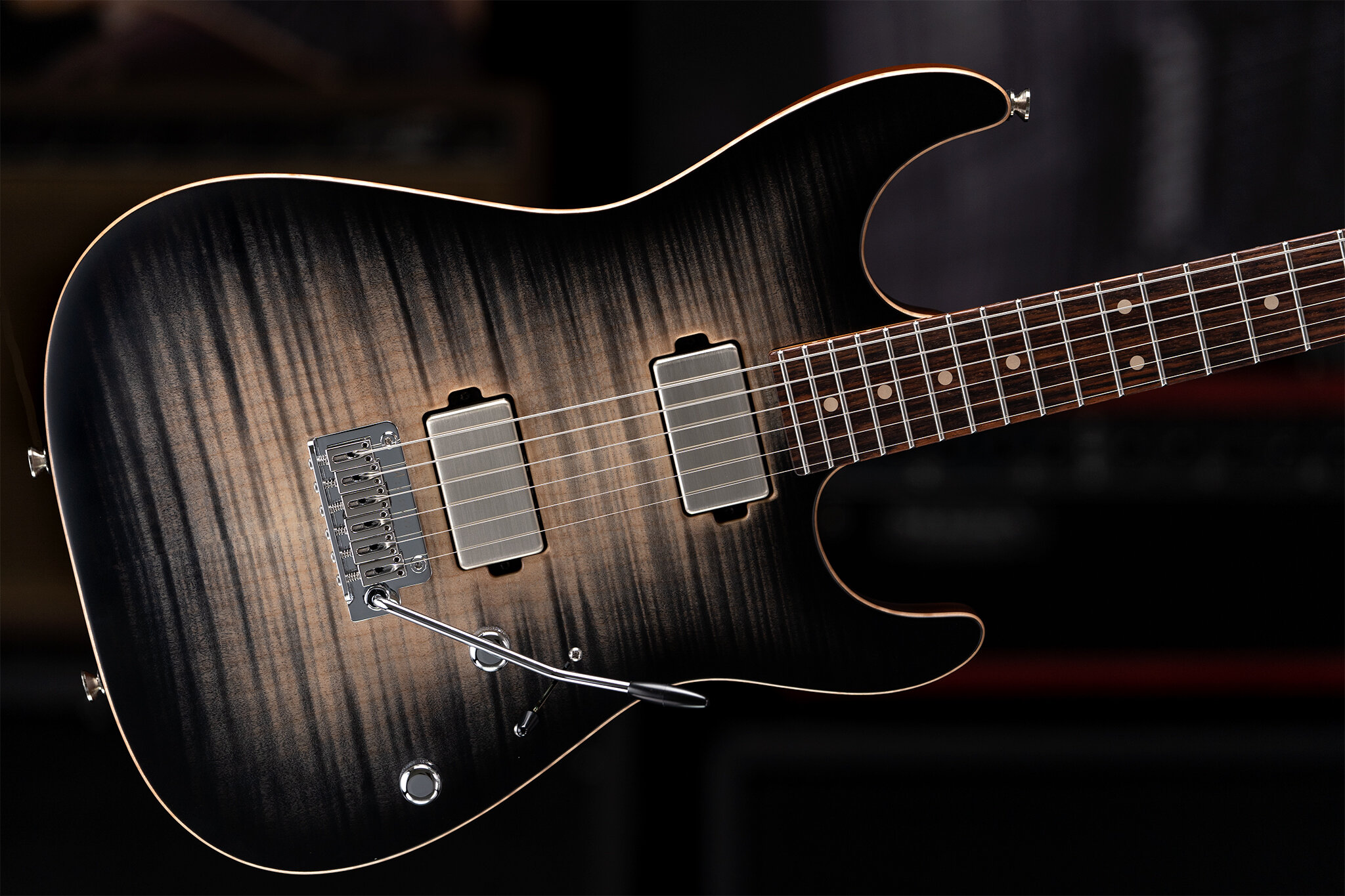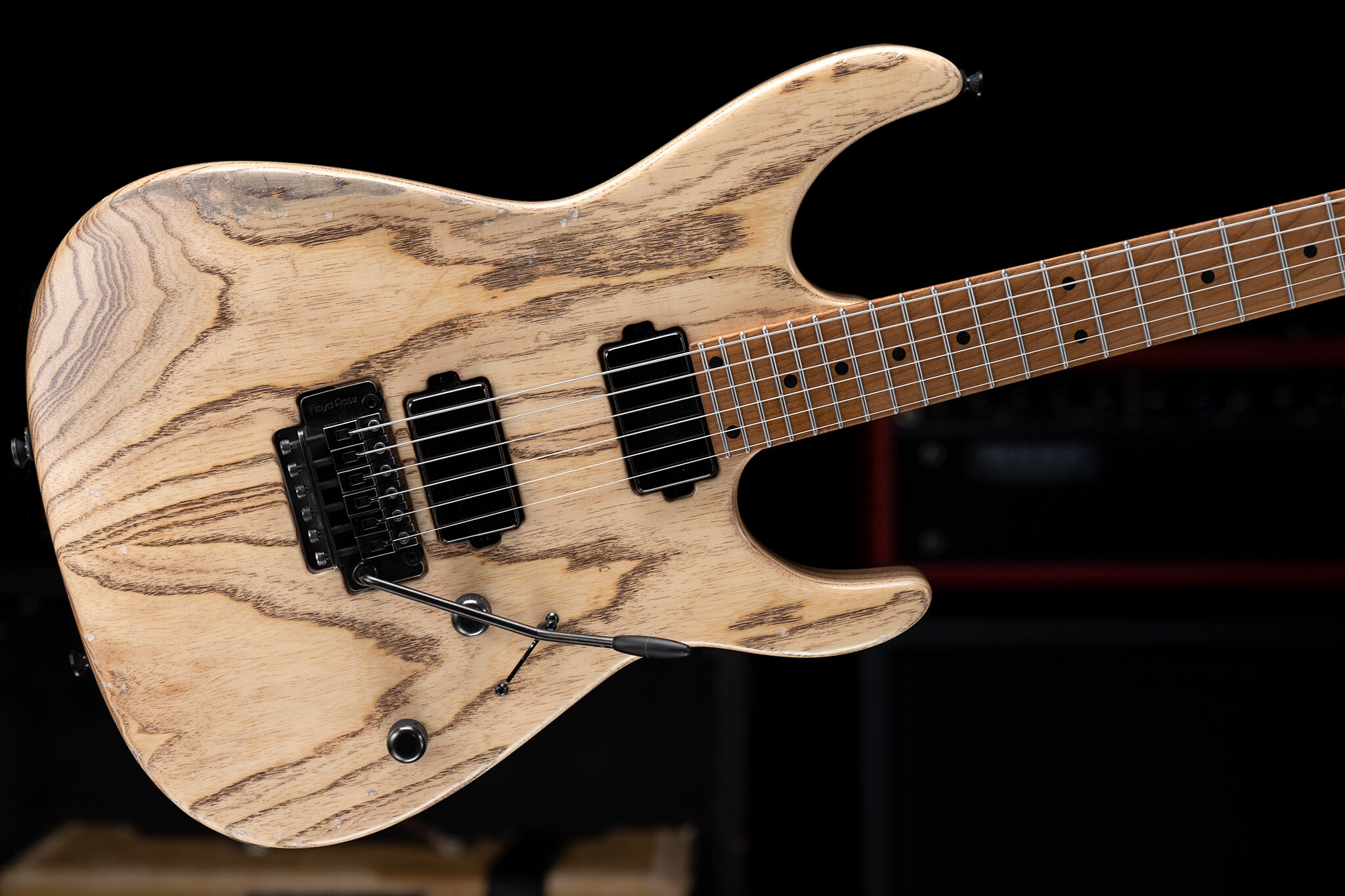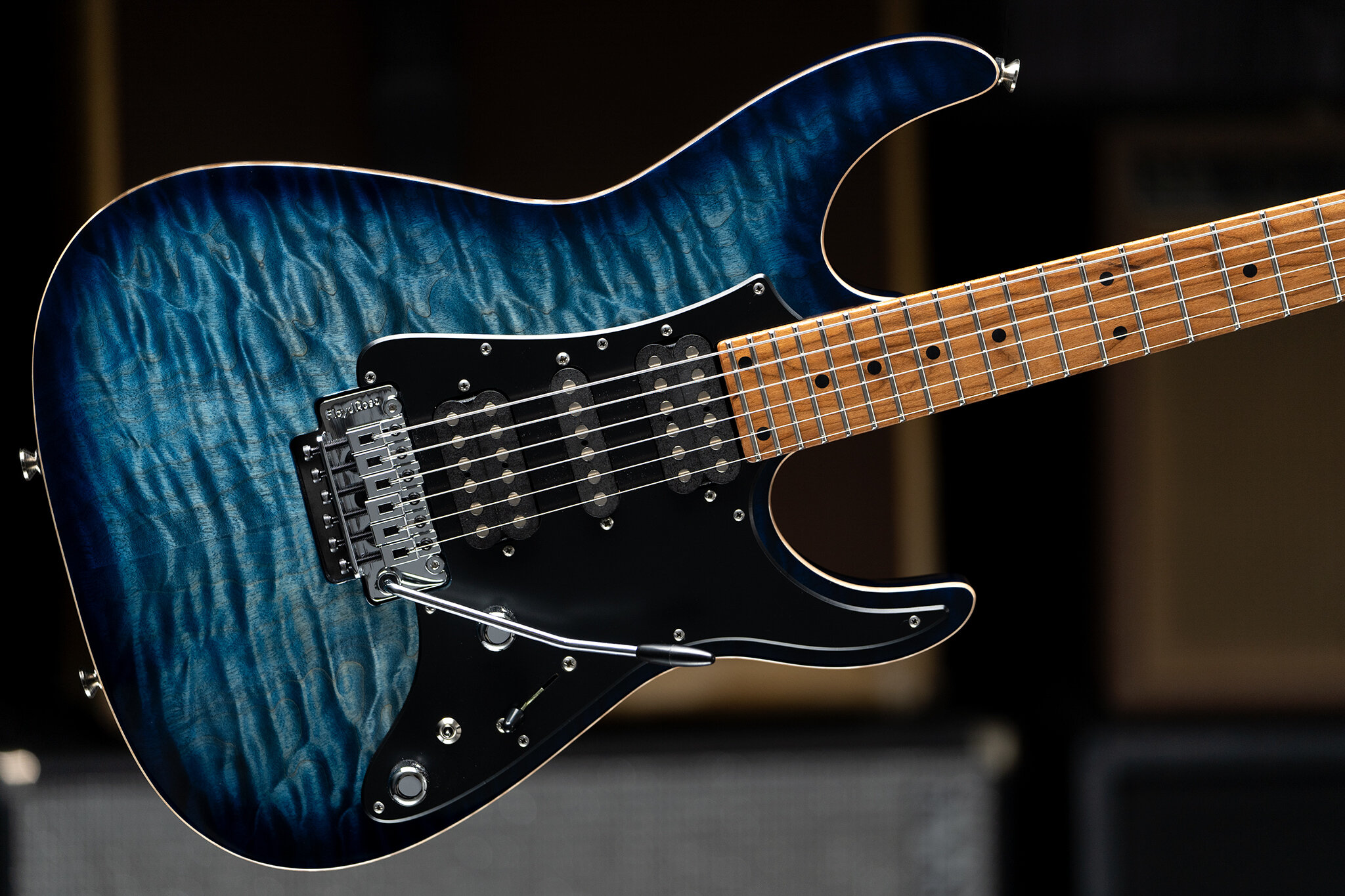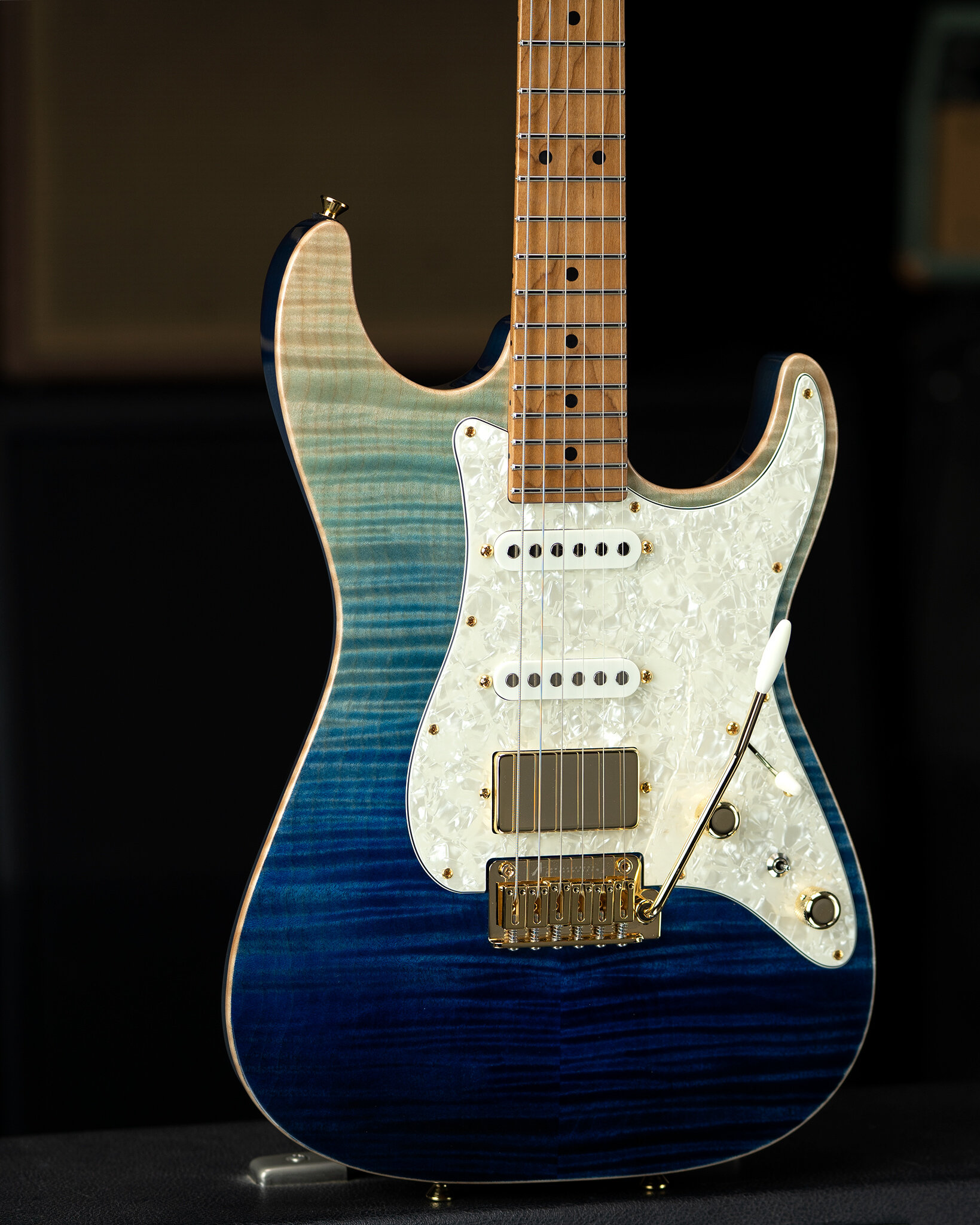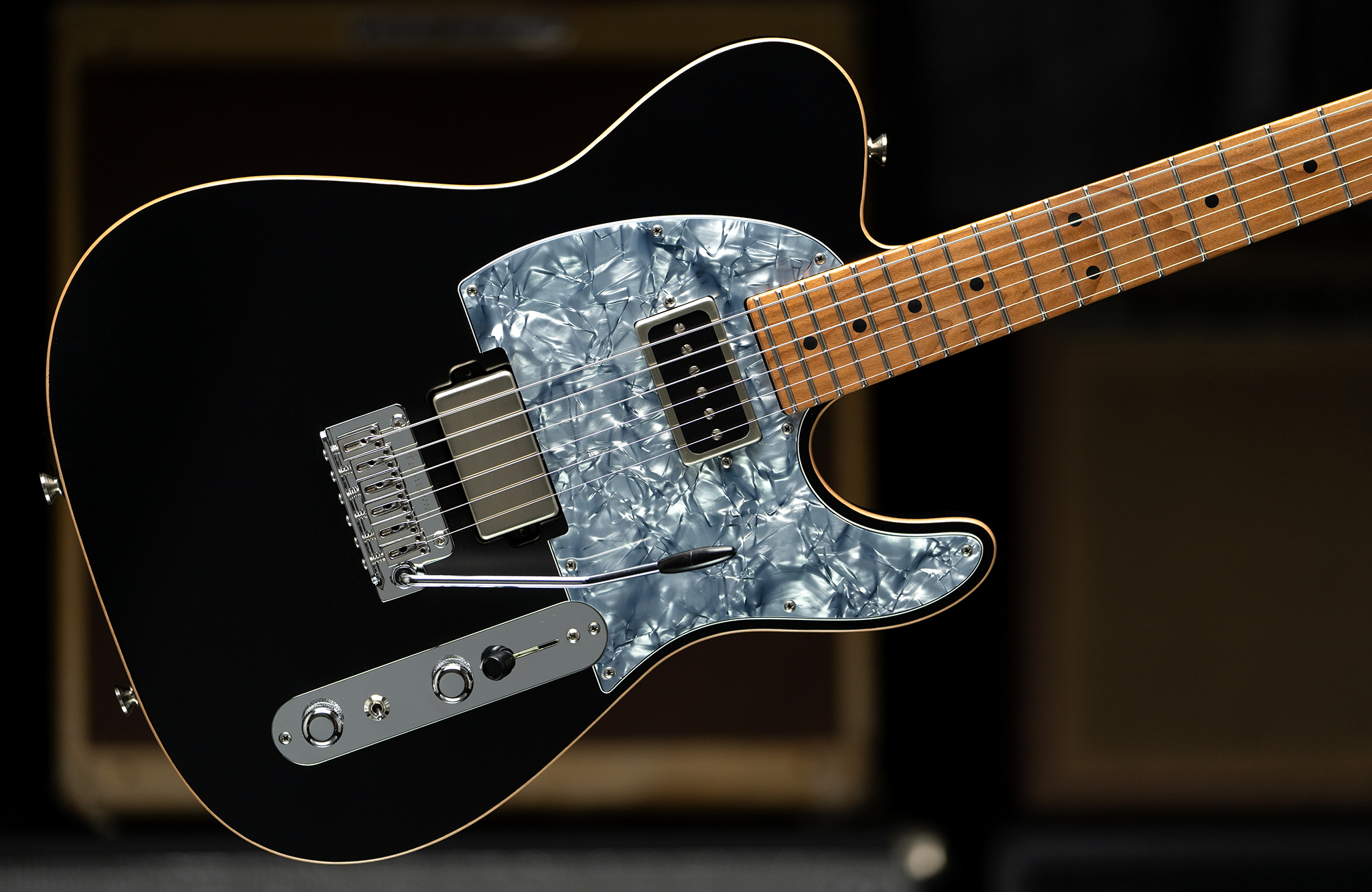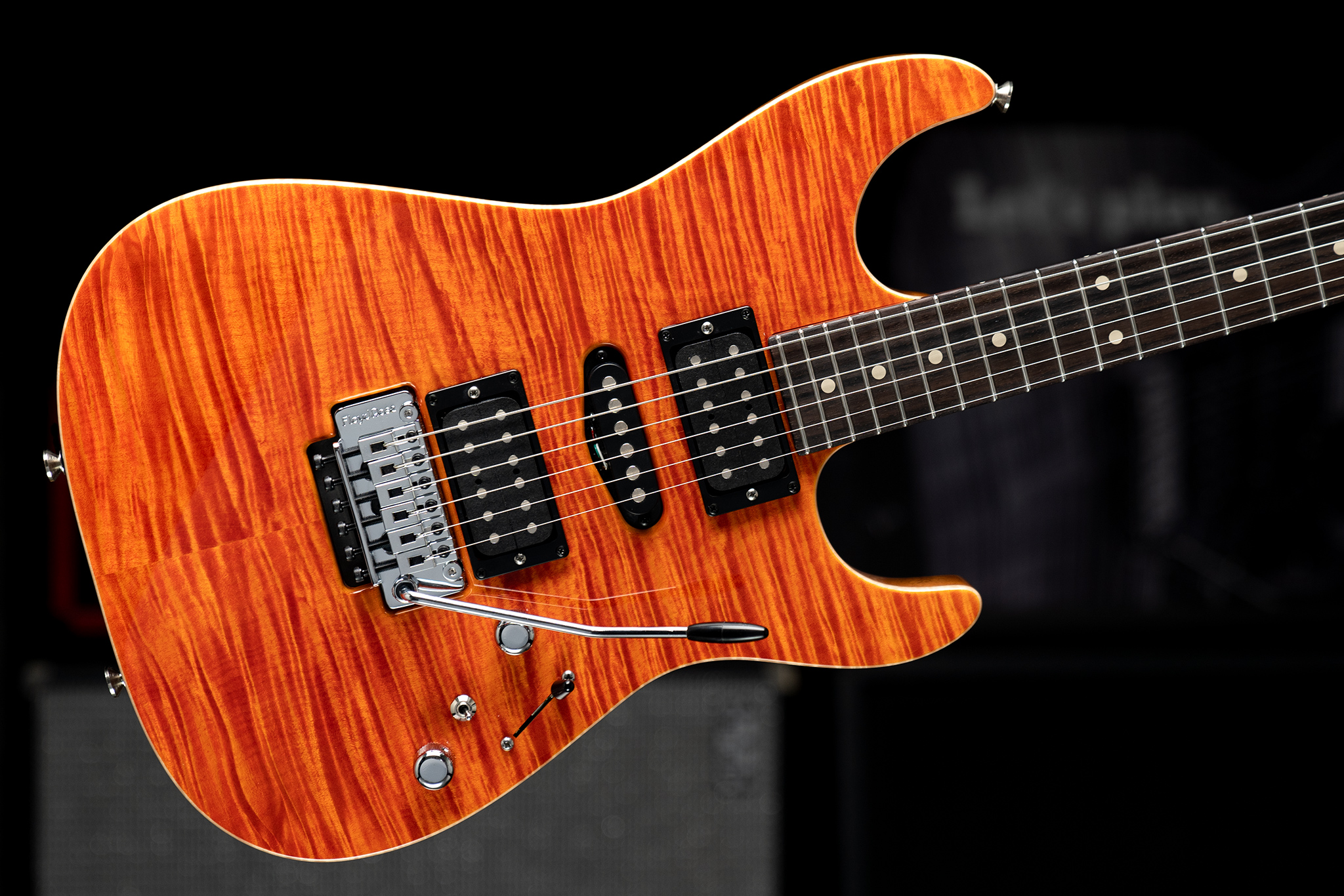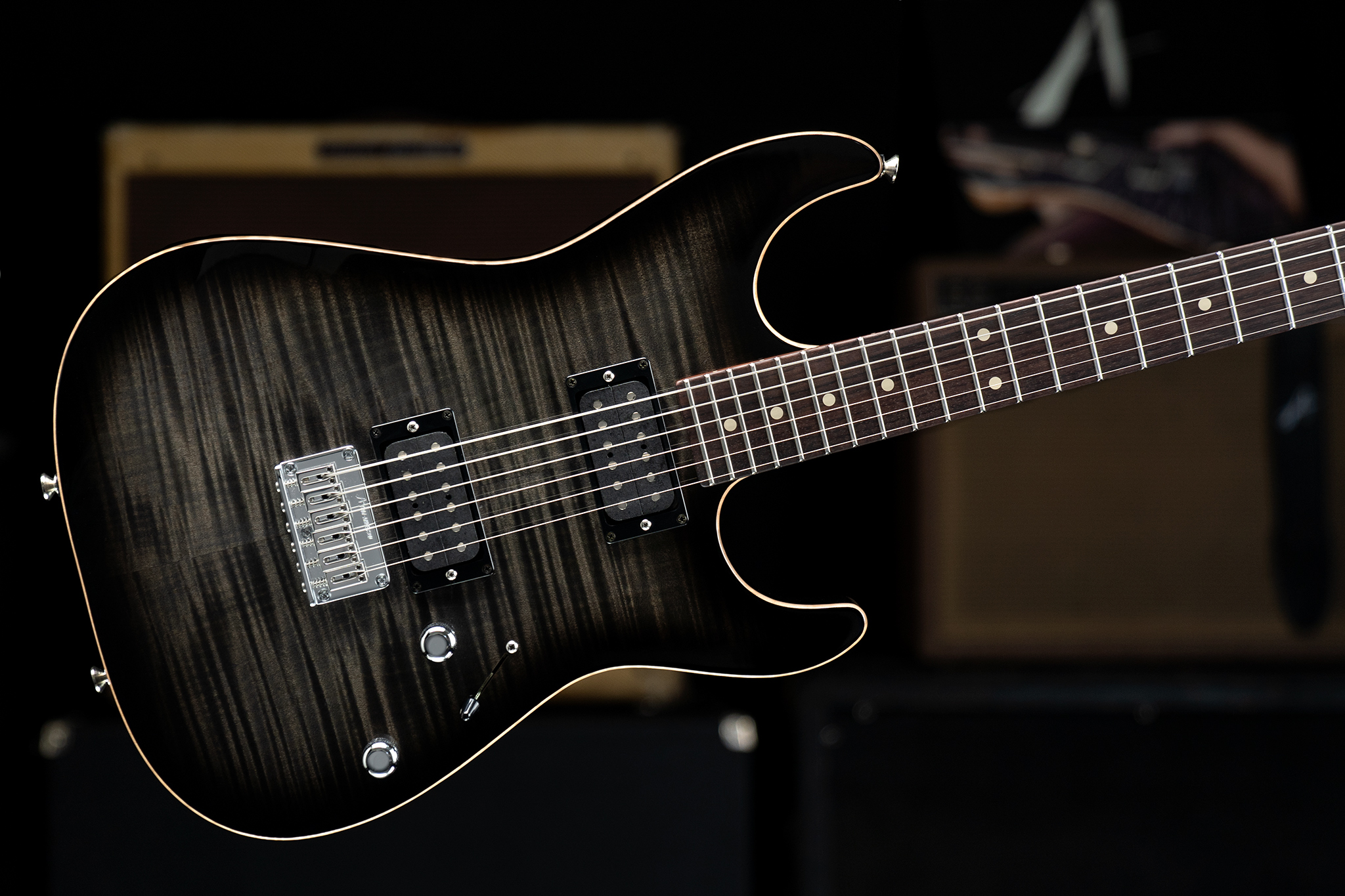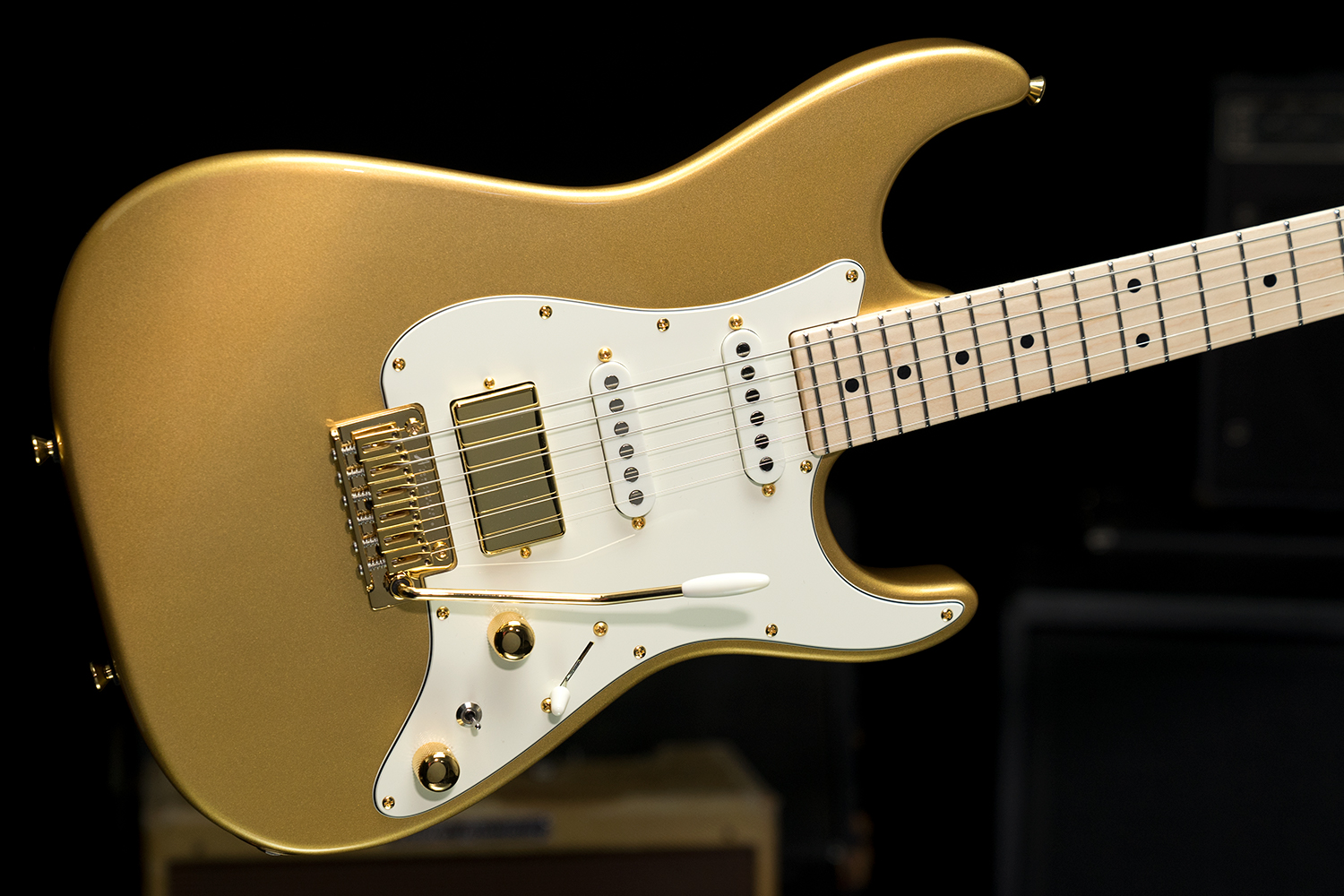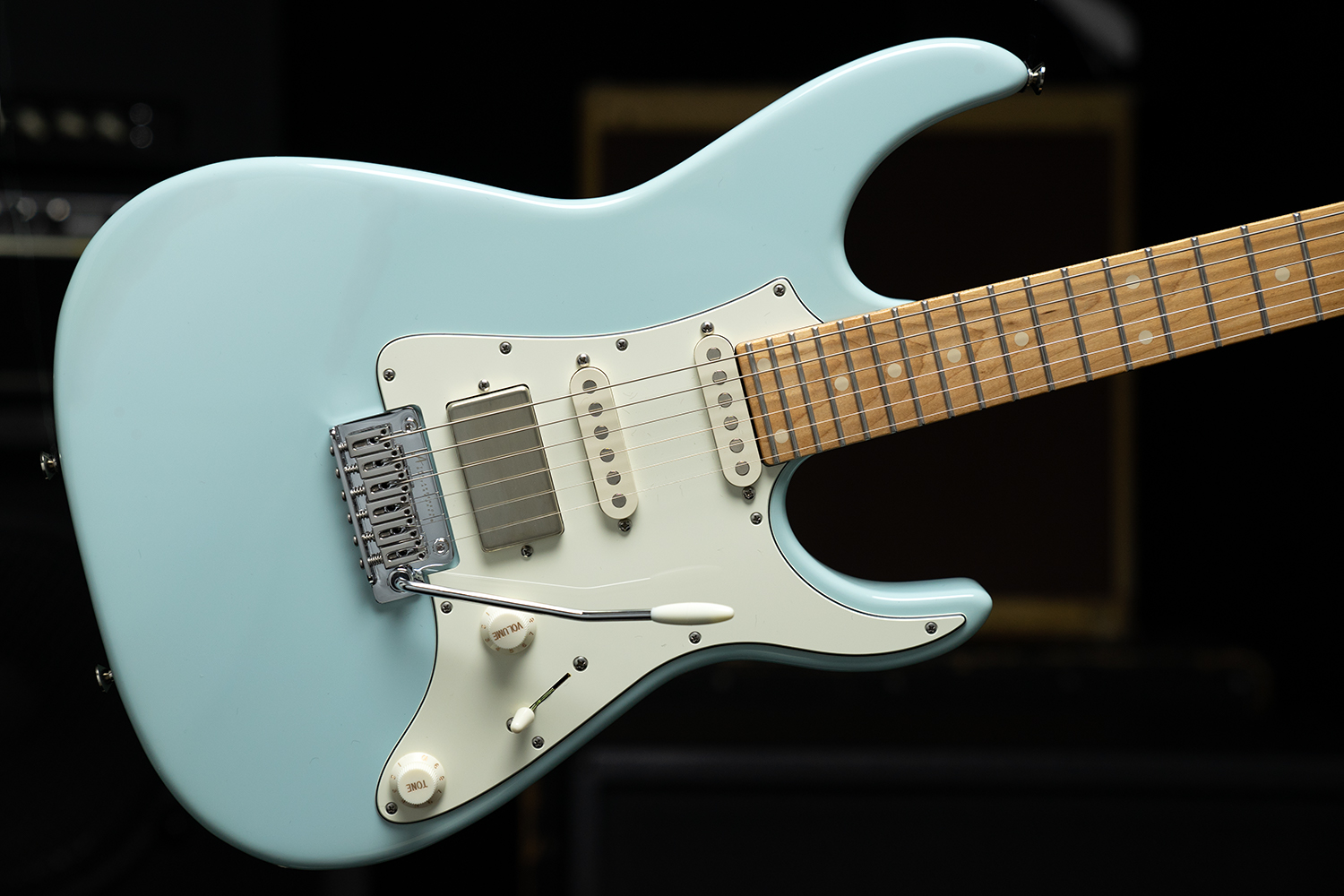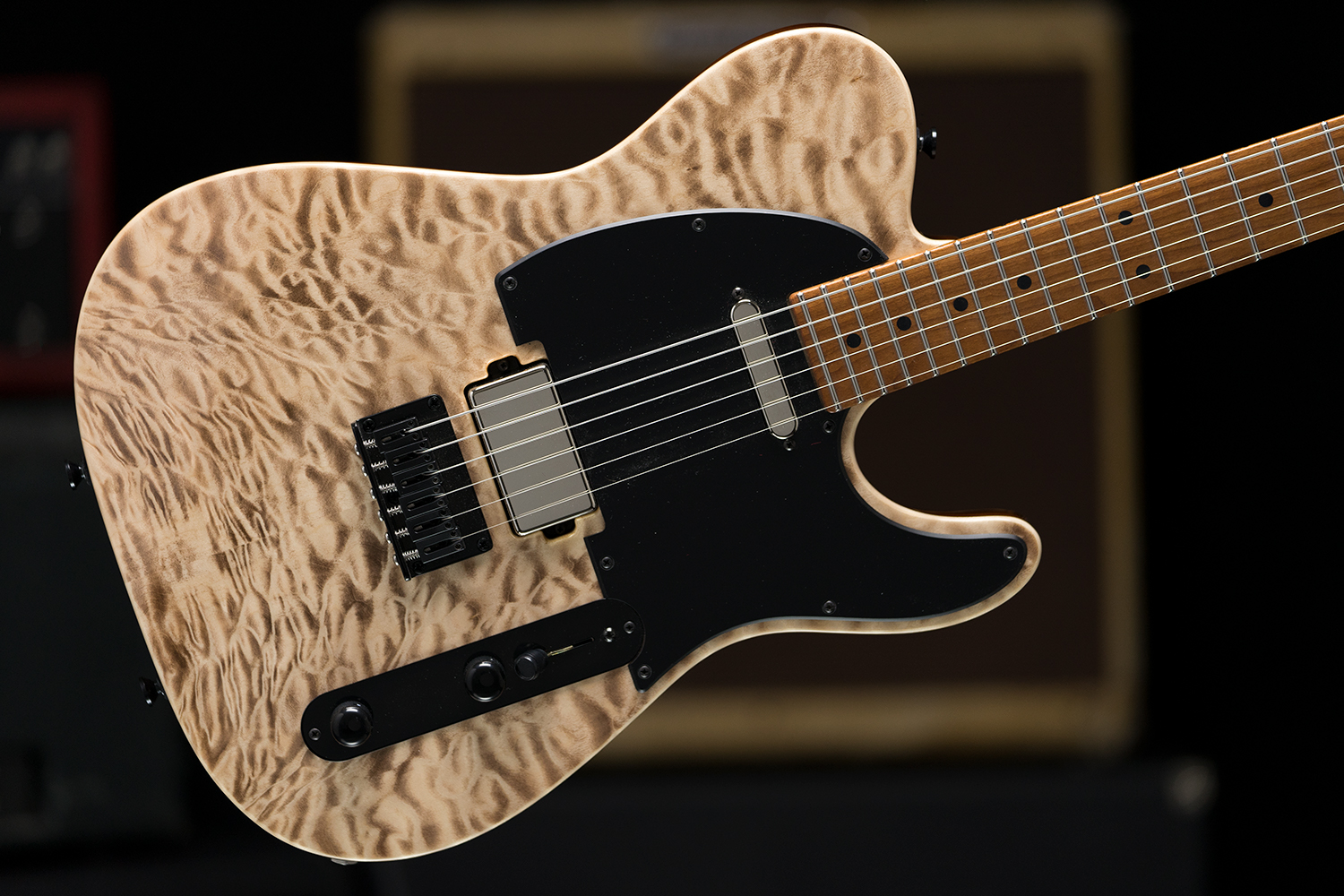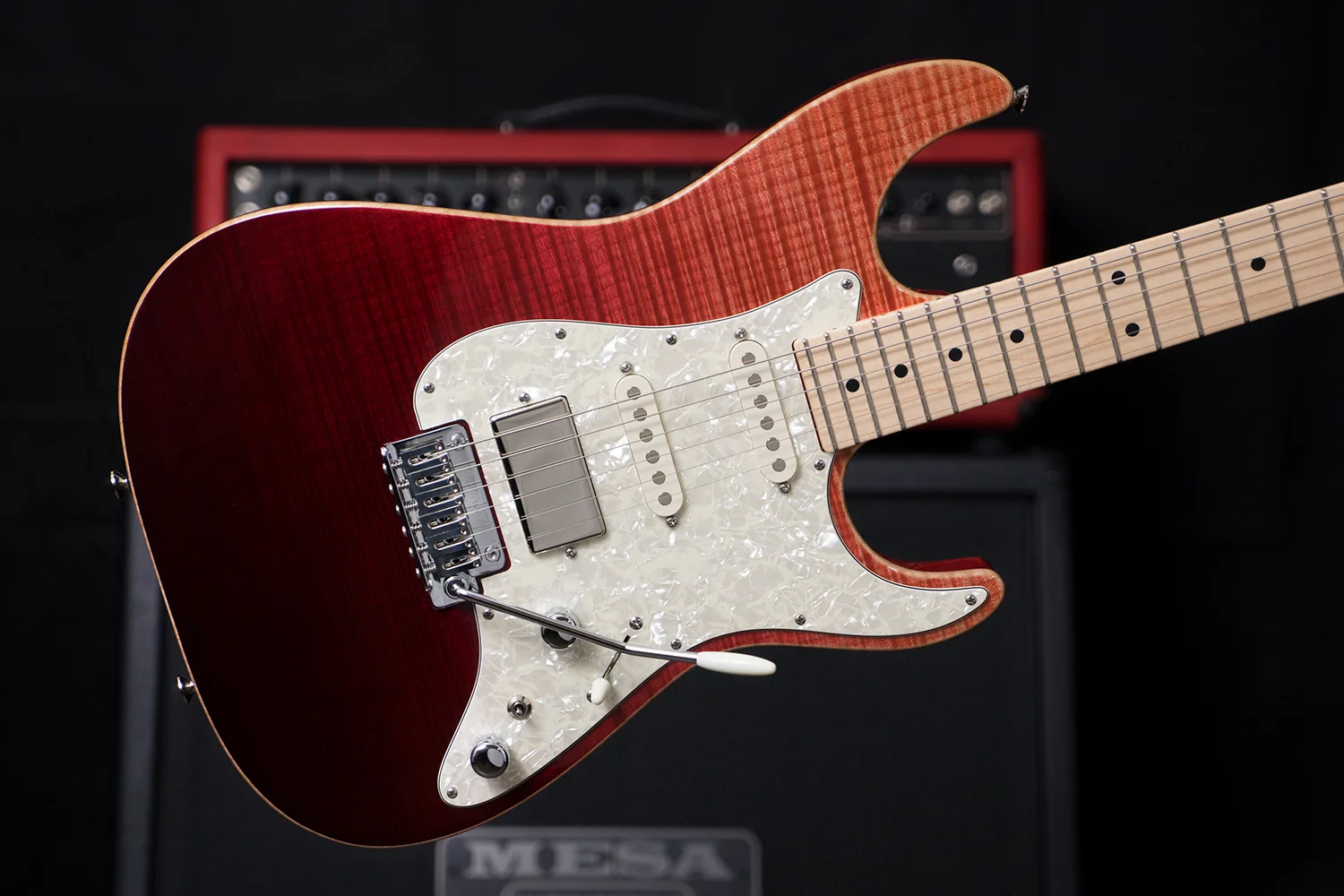Griggs Gigs
/Griggs Gigs
What kind of a gig is a griggs gig? Like a gig that is griggier—or what?
Ah, no…not really.
What we are actually talking about (and to) is Thomas Griggs—affectionally known as Griggs. So it is Thomas Griggs and his gigs.
He is a super nice guy and touring guitar player with Intervals—Aaron Marshall’s impressive visionary band.
According to Griggs, Intervals may best be described as a modern, eclectic, fusion quartette that hangs on the boundary of pop and metal. But nicely melodic. The newest album is less metal and more fusion—slipping into the R&B / Pop side of things.
And if that wasn’t enough to already be impressive, when available Thomas is also gigging every Saturday and Sunday with a worship group and working on his own modern jazz trio project. The trio was about ready to hit the studio when we all went into isolation. Now he is taking advantage of the time to work on more great tunes with his Anderson Icon in hand. And when we can all come out to play again they will be ready to record. We can hardly wait.
Griggs is also spending some time writing things you will want to read—working on material to eventually release highly informative guitar books—licks and super cool transcriptions. You can definitely learn a lot from this player.
Thomas attended the University of Tampa, where he earned a degree in Classical Music and then also graduated from Berklee College of Music.
To keep us all entertained and informed we asked him a few fun questions:
Anderson Guitarworks: What led you to Anderson Guitars?
Griggs: Well, I met this guy Peter at The Player’s School of Music. That is a school run by Jeff Berlin in Clearwater Florida. Peter became a good friend and mentor to me—big influence. Peter had a 2000 Anderson, T-Classic. He let me play it and that guitar completely changed my life—totally blew me away. I told him I wanted to buy this T-Classic. Finally after a lot of convincing, he sold it to me in 2016. What a great guitar. Now he wants it back but I can’t let it go. It has got to stay with me.
Griggs: With that Anderson experience I knew I could now settle for nothing less. I had to have an S-style guitar that could perform on the same elevated level as my T-Classic. So, it had to be an Anderson, Icon Classic for me—a flawless vintage, S-style guitar that can also function above the level of any modern guitar…and with the playability of the T-Classic.
Griggs: And in Seafoam Green—what a great vintage color.
Griggs: Love the A-Wedgie neck joint. Such a great idea that makes “total sense.”
Anderson Guitarworks: Why did you select a Swamp Ash body for your Icon?
Griggs: For this guitar I wanted to get an awesome airy, woody, super organic tone and Swamp Ash does that so well. And man, this Anderson Icon is really lightweight too—much lighter and more manageable than…other guitars. And I didn’t order anything special, that is just the way it came to me. But my “T”is like that as well.
Anderson Guitarworks: And you selected an all-Maple Neck. You chose that because…?
Griggs: Yeah, I wanted the look of the Caramel Maple to go with the In-Distress look of the Seafoam Green and I wanted an all-Maple neck and fingerboard for that all-maple neck tone. It puts the tone right up front and in control where I like it. And I like the feel of the maple fingerboard under my finger tips.
Anderson Guitarworks: Yes, and you did select an In-Distress paint job. Why did you opt for that rather than all shiny and new?
Griggs: Love the look of the In-Distress paint, really, really cool. These are my gigging machines and you are going to knock them into something—no matter how careful you are—and this helps you to not freak out when that does happen. But, if I am being honest, I still inspect my Ande after every gig to make sure it came through the show unscathed.
Anderson Guitarworks: A lot of guitar players enjoy the feel of a slim neck and then there are those that feel bigger is better. You selected an Even-Taper +.050 neck back shape for your Seafoam, Icon—a neck that is not slim and yet not big—a medium depth neck.
Griggs: Even Taper +.050 is a perfect neck for me. It is still thin enough and still deep enough. It is the same sized neck that is on my T-Classic.
Anderson Guitarworks: So, you like your necks to be not too small and not too big. You prefer medium sized necks?
Griggs: Yes, I don’t want it so big that I wrestle and die trying but don’t want to skate past the note because it is too thin that I just fly over it.
Anderson Guitarworks: So not too small and not too big but just right—perhaps a lot like Baby Bear’s porridge.
Griggs: (laughs) Exactly.
Anderson Guitarworks: And big, the biggest frets. Proportionately, we have seen a rise in the popularity of Jumbo frets. Care to share why you enjoy Jumbo?
Griggs: I have always played Jumbo frets. To me it feels like it’s way easier to get on the side of the string and bend. Way easier to make a note. Like, I don’t have to press as hard and that there is less drag on the underlying fingerboard. But I am from the new generation of guitar players. We are used to Jumbo frets—have always played on them.
Anderson Guitarworks: For your neck and middle pickups you chose our most vintage single coil offering; VA7-series pickups. Why did you go with pure vintage tones?
Griggs: Yes, I selected VA7s for the ultimate vintage tone. Amazing. I love them. I feel like a grownup when I play them. These are the pickups I have been looking for—vintage-wise—forever. Super musical and rich but with note clarity. Chords are never muddy but always full and rich sounding. So great. Really are the ultimate vintage single coil tone.
Anderson Guitarworks: For the bridge pickup you departed from pure vintage flavorings and output with an H2+ humbucker. Why did you choose this pickup for your bridge work and how are you finding its presentation?
Griggs: From the description on the website the H2+ seemed to be just what I needed. And it certainly is that. A modern sound but still really musical—a lot of musicality. I needed something that would be fuller sounding than a vintage humbucker. With the flick of the selector switch it allows me to step away from the vintage single coils. Its sound is full and perfect for what I do. Another added bonus is that it splits super well. So I can get surprisingly great single coil tones out of it too.
Anderson Guitarworks: So how are you using the switching to control your sounds?
Editor’s Note: The switching is listed as: 5-Way, 3 Knob, Top Jack: 3 = M, N+B with Split.
What that actually means is: 5-Way with 3 knob layout where position 3 of the 5-Way can be either:
• Middle pickup alone (with Push/Push tone control switch down)
• Neck + Bridge pickups together (with Push/Push tone control switch up).
The other Push/Push Tone Knob is for splitting the humbuckerSuper familiar and easy to use with excellent versatility.
Griggs: I love having this switching option. To also be able to get the Neck & Bridge pickups is great. My playing changes when I have that tone—more of a distinct “T” tone. I might do more chicken picking when it is up. The guitar is a Swiss Army knife. And yet it has the best vintage tones ever. I use that setting all the time.
Griggs: I play the Bridge Pickup, the H2+, split always—unless I have to soar above the band then I engage the full humbucker and just fly over everyone. Like Tom Cruise in Top Gun. Ha ha.
Anderson Guitarworks: Some players will use their volume control on the guitar to adjust gain and some do not. What is your preference?
Griggs: Yeah, sometimes I will back off the volume control a bit for chords and then I will open it up for leads. I also step into more gain as well with 4 different units, for 6 total sounds. On my pedal board I use:
• Duellist - by KingTone—Jesse Davey
• Precision Drive - by Horizon Devices
• Dual Fusion - by Wampler
• Pathos - by Abasi Concepts
Anderson Guitarworks: And what are your choices for amps for your Icon to play with?
Griggs: I’ll use either a Badcat Cub 40R or a Quilter Tone Blocker 202. Both Combos. And for Intervals gigs it is a Fractal Axe-Fx—plugging into the floor controller. And we’ll use Mesa cabinets on stage when needed.
Griggs: I gotta say, I am really thankful to be apart of Anderson Guitarworks. I love these guitars.
Anderson Guitarworks: Is there anything you would like to share with the world right now during these challenging times?
Griggs: Yes, Everybody love everybody. ELE!
Anderson Guitarworks: Tireless wisdom to improve any situation at any time.
Anderson Guitarworks: Let us just close by saying this: Throughout life challenges will come but they will always fade and in their wake we will rise to a higher state of existence—as that is the purpose of any challenge. We are called to a higher world of greater bliss, harmony, health and prosperity for everyone. And so we shall naturally answer the call and we will emerge better than we have ever been before. The world is awakening to the wisdom of choosing Love.
Photo Info: Pictures of Thomas and his guitar by Billy Camillo. Individual Guitar shots by Anderson Guitarworks studios.
GUITAR SPECIFICATIONS:









































